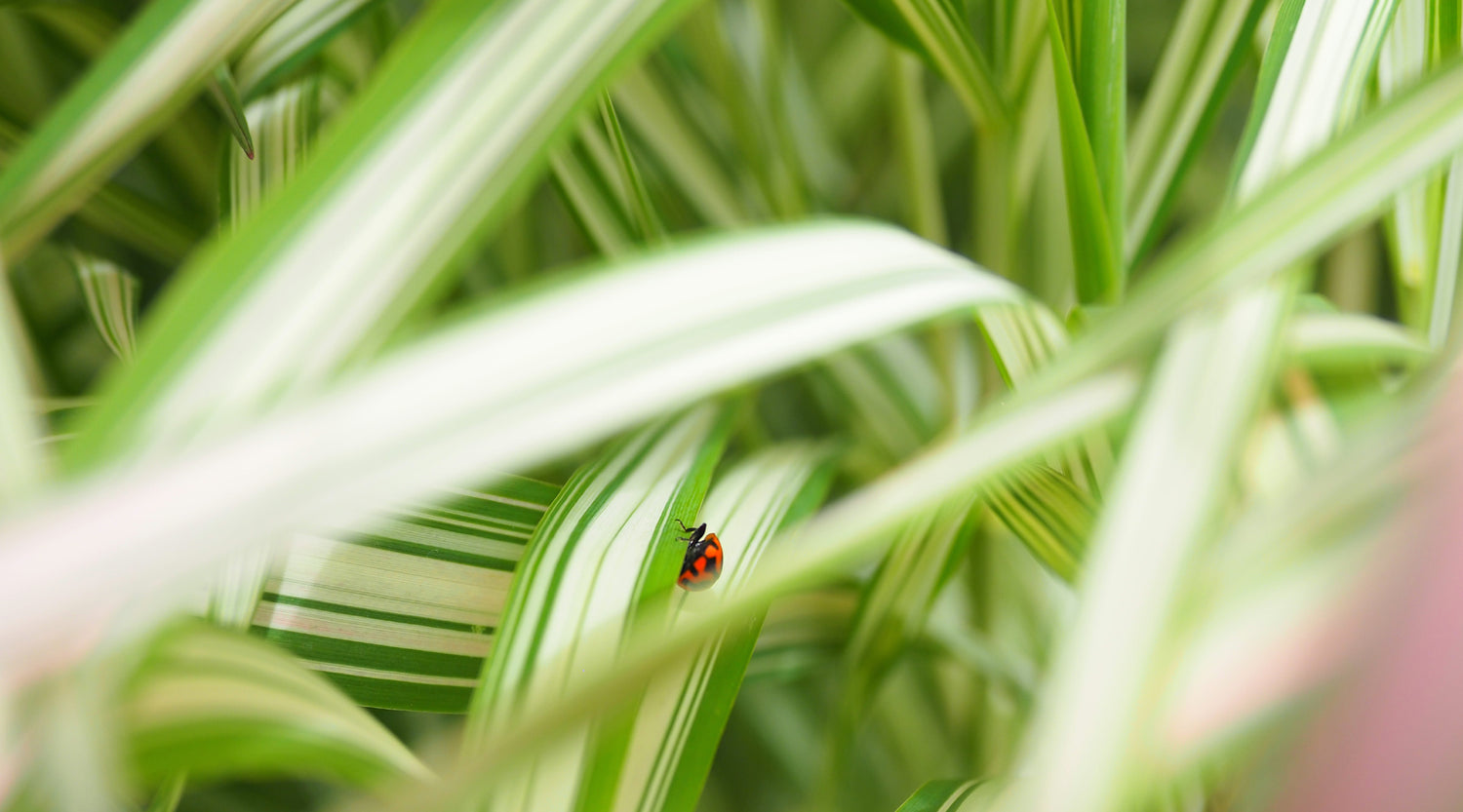How to Convert Your Swimming Pool into a Beautiful Fish Pond
on May 04, 2023

If you have a swimming pool that's no longer in use, why not turn it into a beautiful fish pond?
Not only will it add a unique and tranquil feature to your backyard, but it can also provide a habitat for fish and other aquatic life.
In this guide, we'll show you how to convert your swimming pool into a thriving fish pond and enjoy the benefits of this eco-friendly and sustainable addition to your home.
Benefits of Converting Your Swimming Pool into a Fish Pond.
There are many benefits to converting your swimming pool into a fish pond. First and foremost, it's a great way to repurpose an unused space and create a beautiful and unique feature in your backyard. Additionally, fish ponds can provide a habitat for fish and other aquatic life, which can help to promote biodiversity and support the local ecosystem.
Fish ponds can also be a great source of relaxation and stress relief, as the sound of running water and the sight of fish swimming can be very calming and soothing. We have seen some swimming pools filtered with pond plants alone to become a swimming pond, the best of both worlds without the maintenance of a pool!
Finally, fish ponds can be a great way to teach children about the natural world and the importance of conservation. We recommend contacting your local council to consider any legal requirements that may be in place.
Assessing Your Pool for Conversion.
Before you start converting your swimming pool into a fish pond, it's important to assess the pool's condition and suitability for this purpose. Check for any leaks or cracks in the pool's structure, as these will need to be repaired before you can add water and fish. You should also consider the size and depth of the pool, as well as its location and exposure to sunlight.
A fish pond requires a certain amount of space and depth to support aquatic life, and it's important to choose a location that receives adequate sunlight for plant growth. Finally, consider the cost and time involved in converting your pool, as this will vary depending on the size and condition of your pool, as well as the type of fish and plants you plan to add.
and it's important to choose a location that receives adequate sunlight for plant growth. Finally, consider the cost and time involved in converting your pool, as this will vary depending on the size and condition of your pool, as well as the type of fish and plants you plan to add.
Our floating pond plant rings work well in ponds this size. They suit ponds of all depths and allows the roots of the plant to trail into the water which aids in water clarity by absorbing nutrient and catching microparticles that are floating in the water.
Choosing the Correct Pond Plants for Your Pool Conversion.
To successfully convert your pool into a pond, the most crucial ingredient is plants, and it is recommended to have around 70% coverage. This not only creates a healthy environment for local wildlife but also an attractive environment with clear water, allowing visibility to the
plants, and it is recommended to have around 70% coverage. This not only creates a healthy environment for local wildlife but also an attractive environment with clear water, allowing visibility to the bottom of the pond. While algae on the surfaces of the pond is natural and healthy, clear water should be maintained.
bottom of the pond. While algae on the surfaces of the pond is natural and healthy, clear water should be maintained.
We suggest using a large number of water lilies, particularly all year round varieties, and creating shallower areas if your pond is deeper than 1m for successful plant growth. Shallow areas can be  created using large tubs, upside-down bins, or old plastic tables.
created using large tubs, upside-down bins, or old plastic tables.
Marginal water plants like farex grasses and rushes can be planted on pool stairs, providing height and softening the pond's edges.
Fast growing water plants such as Brami will spread out and provide protection as well as oxygen to the water in your large swimming pool to pond conversion!
Our unique floating pond plant rings are a perfect way of adding a variety of plants to your new pond that don't need to be submersed in deeper sections of the swimming pool.
Preparing Your Pool for Fish.
Before you can add fish to your swimming pool turned fish pond, there are a few steps you need to take to prepare the pool. First, you'll need to drain the pool and clean it thoroughly to remove any debris or chemicals that could harm the fish.
Next, you'll need to install a filtration system to keep the water clean and oxygenated. This can be done using a combination of mechanical and biological filtration methods. You'll also need to add plants to the pond to provide oxygen and shelter for the fish.
Finally, you'll need to add water to the pond and allow it to cycle for several weeks before adding any fish or prepare it with chlorine and chloromine removing products on a large scale. This will allow the beneficial bacteria to establish and create a healthy environment for your aquatic pets.
Choosing the Right Fish for Your Pond.
When it comes to choosing fish for your pond, there are a few factors to consider. First, you'll want to make sure the fish you choose are compatible with the climate and water conditions in your area. You'll also want to consider the size of your pond and the size of the fish you plan to add. Some popular fish for ponds include koi and goldfish.
Fish are an important part of a pond system, particularly goldfish, which can control string algae. An average-sized pool may require a couple of hundred goldfish for effective algae control, which can be added gradually over time. Goldfish require minimal care and can even survive without being fed in a large pond system. In warmer areas of Australia and with a variety of plants, Australian Native fish like Pygmy Perch or Murray River Rainbow species, and native wildlife like frogs and tadpoles can coexist in a pond system with enough space for everyone. For Cooler climates you can add the common goldfish or minnows, although not native species, they are well suited to colder regions of Australia.
We recommend netting your new pond if you are going to keep fish. This will prevent birds from preying on your stock.
It's important to research the specific needs and behaviours of each type of fish before making a decision. Additionally, you may want to consider adding a variety of fish to your pond to create a diverse and interesting ecosystem.
Maintaining Your Fish Pond for Optimal Health.
Once you've successfully converted your swimming pool into a fish pond, it's important to maintain it properly to ensure the health and well-being of your fish. This includes regularly testing the water quality, monitoring the pH levels, and ensuring proper filtration and aeration.
You'll also want to keep an eye out for any signs of illness or disease in your fish and take appropriate action if necessary. Regular cleaning and maintenance of the pond itself, including removing debris and algae, will also help keep your fish healthy and happy.
© weknowwatergardens 2023
Share


